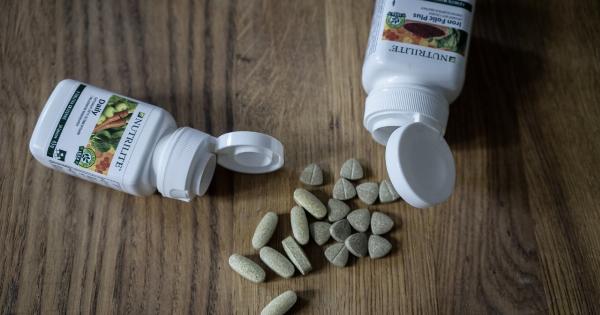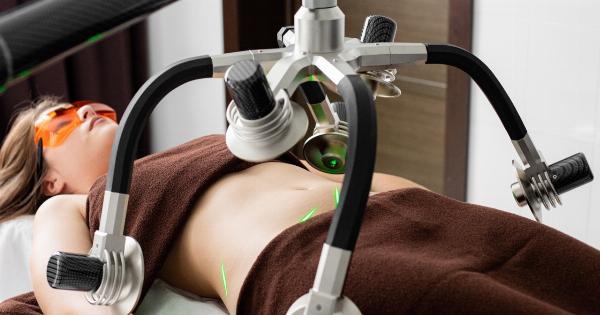What is cholesterol?
Types of cholesterol
Understanding LDL cholesterol
How does high cholesterol affect your lower limbs?
Peripheral Arterial Disease (PAD)
Coronary Artery Disease (CAD)
Cholesterol and leg ulcers
Preventing and managing high cholesterol for lower limb health
Conclusion
High cholesterol levels have long been associated with cardiovascular diseases and their complications. However, many people are not aware of the impact that high cholesterol can have on their lower limbs.
In this article, we will explore why high cholesterol is a concern for your lower limbs and discuss the various conditions and complications that can arise as a result.
Before delving into the connection between high cholesterol and lower limb health, it is essential to understand what cholesterol is and its different types.
Cholesterol is a waxy substance that is naturally produced by our bodies and is also present in certain foods. It is crucial for the production of hormones, vitamin D, and the creation of cell membranes.
However, when cholesterol levels become too high, it can lead to health problems.
There are two types of cholesterol: low-density lipoprotein (LDL) cholesterol, commonly known as “bad” cholesterol, and high-density lipoprotein (HDL) cholesterol, often referred to as “good” cholesterol.
LDL cholesterol is considered “bad” because it can build up in the walls of your arteries, forming plaques.
When these plaques accumulate, they can narrow the arteries, reducing blood flow to various parts of the body, including the lower limbs. This reduced blood flow can have severe consequences for your lower limb health.
Peripheral Arterial Disease (PAD) is one of the most common complications of high cholesterol levels in the lower limbs. PAD occurs when the arteries in the legs and feet become narrow or clogged with fatty deposits, limiting blood flow to these areas.
The reduced blood supply can cause pain, numbness, and muscle weakness, making it difficult to walk or engage in physical activity.
In addition to PAD, high cholesterol can also contribute to the development of Coronary Artery Disease (CAD). CAD occurs when the arteries that supply blood to the heart become narrow or blocked.
This condition can lead to chest pain, shortness of breath, and even heart attacks. As cholesterol levels increase, so does the risk of developing CAD, which can have a significant impact on your lower limb health as well.
Another lesser-known impact of high cholesterol on the lower limbs is its connection to leg ulcers. Leg ulcers are open sores or wounds that typically occur below the knee and can be very challenging to heal.
High cholesterol can impair the blood supply to the legs, making it difficult for ulcers to heal properly. This can result in chronic wounds that increase the risk of infection and other complications.
Preventing and managing high cholesterol is crucial for maintaining good lower limb health. A healthy lifestyle that includes a balanced diet, regular exercise, and abstaining from smoking can help control cholesterol levels.
In some cases, medication may also be necessary to manage cholesterol effectively.
In conclusion, high cholesterol is not only a concern for cardiovascular health but also has significant implications for the lower limbs. It can contribute to the development of PAD, CAD, and hinder the healing of leg ulcers.
Taking proactive steps to prevent and manage high cholesterol is essential for maintaining good lower limb health.
























